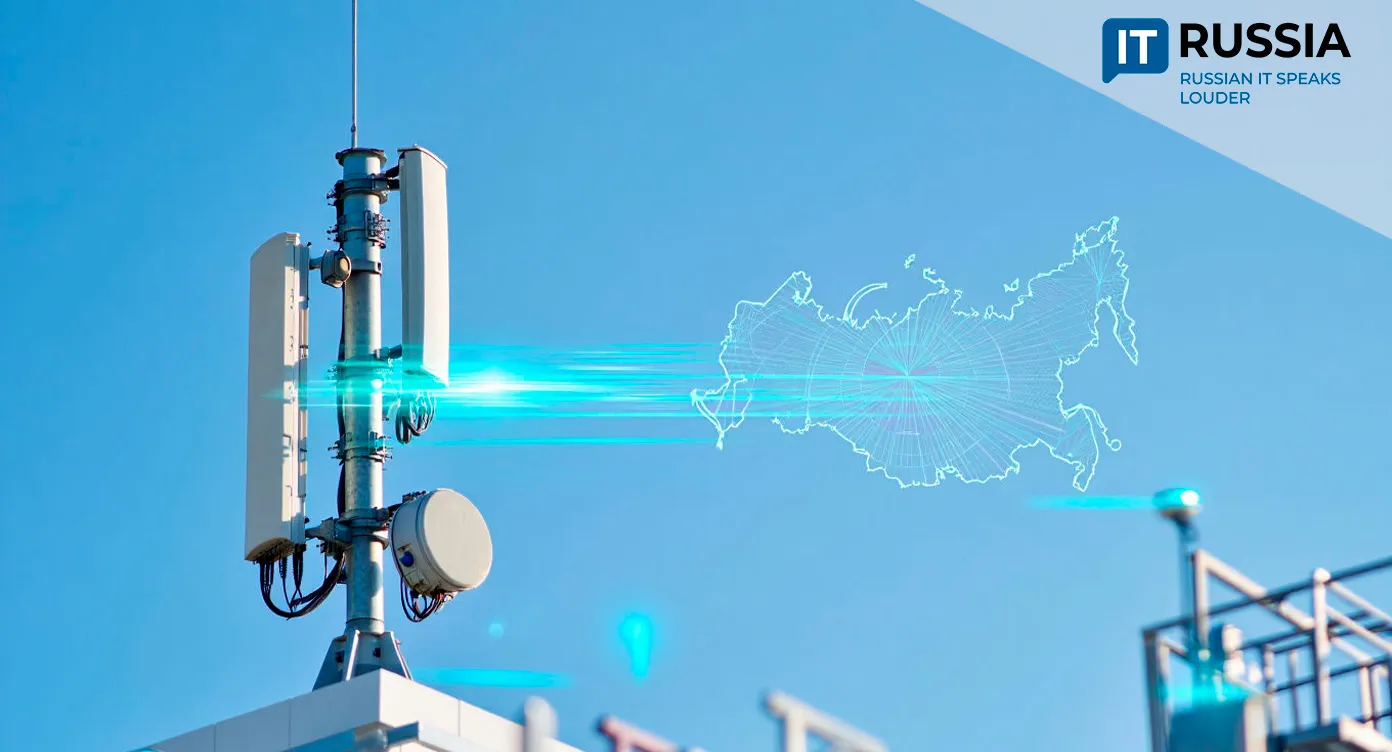Digital Q.DFA: A New Approach to Digital Assets
Diasoft has launched Digital Q.DFA, a new platform that automates the entire lifecycle of utility digital rights—from issuance and placement to trading, exchange, and redemption—positioning Russia to scale its digital‑asset infrastructure.

A Full-Stack System for Digital Asset Automation
Digital Q.DFA is built to meet growing demand in the Russian market for automated management of utility digital rights (UDRs). The platform handles every operational stage: issuing and managing UDRs, maintaining ownership registries, tracking asset movements, and calculating operator fees for investment platforms.
Its microservices-based architecture makes it flexible, modular, and easy to integrate into existing IT environments. Diasoft positions the platform as a cost‑reduction engine for digital financial assets—one that can make these assets more appealing to issuers and investors alike.

For businesses, the technology lowers barriers to raising capital. For the state, it strengthens digital‑finance sovereignty and reduces reliance on imported fintech software. And for Russia’s IT sector, it signals technological maturity and the ability to respond quickly to regulatory and market shifts.
Scaling Potential Across the Market
Domestic demand for platforms like Digital Q.DFA is expected to grow as corporations and investors deepen their engagement with UDRs. Fintech platforms, investment services, asset‑management firms, and even retailers may use the system to launch their own digital assets.
Today, UDRs are primarily used to raise short‑term capital or to test market interest in new products or services. They can circulate only within the issuing operator’s information system. According to the latest data, 15 such operators are accredited by Russia’s Central Bank.
Ready‑made solutions like Digital Q.DFA could stimulate new entrants into the CFA market, expanding the ecosystem. Automation reduces human error, increases transparency, and makes issuing UDRs cost‑effective even for mid‑sized businesses.
If Diasoft adapts the platform to meet the requirements of jurisdictions such as the EAEU, BRICS, or Middle Eastern markets, Digital Q.DFA could become part of an export strategy for Russian fintech.

A Market in Evolution
Russia’s investment‑platform legislation has been in place since 2019. The first digital financial assets (CFAs) were issued in 2022, the same year lawmakers finalized tax regulations for UDRs and CFAs.
Businesses initially engaged with these tools in a trial capacity but have since adopted them more confidently as flexible mechanisms for raising funds without the complexity of traditional securities issuance. In 2024, analysts valued the UDR market at between $68 million and $91 million.
UDRs exist and function exclusively on investment platforms such as Status‑Invest and BitRussia.ru. Operators rely on both proprietary solutions and products from domestic IT developers to support their systems.

Forecast: A Digital Finance Backbone by 2028
Diasoft has been developing the Digital Q platform as a foundation for financial‑sector digital transformation. Launching Digital Q.DFA in 2025 represents the culmination of that strategy—turning regulatory vision into technical reality.
The platform underscores the maturity of Russia’s digital economy, demonstrating the country’s capacity to build complex IT systems for new financial models.
Analysts expect adoption to surge over the next one to two years among information‑system operators focused on UDR and CFA issuance. By 2028, the digital‑rights market could become a significant segment of the Russian financial system. The technological groundwork is already in place.










































